If you’re a homeowner in New Jersey or the Tri-State area, there’s a good chance you’ve experienced basement leakage at some point. And if you haven’t yet, it may be only a matter of time before you do. Water can cause serious damage to your home and belongings, so it’s important to take action as soon as possible.
1. Identify the source of the leak and fix it
The first step in fixing a leaky basement is to identify the source of the leak. Water can enter your basement through cracks in walls or floors, gaps around pipes, or even via condensation on cold surfaces. Once you’ve identified the source of the water, you can take steps to fix it.
2. Divert water away from the foundation of your house
One way to prevent water from entering your basement is to divert it away from the foundation of your house. You can do this by clearing any debris from gutters and downspouts, which collect rainwater and redirect it away from your home. If they are blocked they are unable to do this effectively.
A French drain can also help divert external water away from your home. It is a long, narrow trench that is usually filled with gravel and perforated pipe. The water goes into the trench and then out away from your home and into a nearby ditch or stream.
French drains are not a complete waterproofing solution; you’ll also need a sump pump. However, a French drain may drastically reduce or even eliminate the amount of water that ends up near your foundations, minimizing damage and reducing the strain on your sump pump.
3. Install a sump pump to help remove excess water
If you live in a high water table area, you may also need to install a sump pump to remove any water in your basement. A sump pump is a small electric pump that is installed in the lowest part of your basement. It will remove any water entering your basement and pump it out to a nearby drainage system.
A basement inspection by a waterproofing expert is the first step in installing a sump pump. Your inspector will consider your basement’s drainage situation and recommend the appropriate primary and backup pumps for your needs.
4. Seal cracks in the foundation and around doors and windows
Another way to prevent water from entering your basement is to seal any cracks in the foundation, as well as around doors and windows.
Most commonly, cracks are the result of foundation settling. The dirt surrounding a home can expand and contract as the seasons change, exerting significant pressure on the walls. If you live in an area with a high water table, this can also cause a lot pressure. Lack of drainage due to blocked rain gutters, or not having proper rain gutters, can also make the water table rise. Once the cracks exist, water will use them to trickle into your basement.
All cracks in your foundation need to be inspected and sealed by a qualified waterproofing professional. Small or non-structural fractures, while not jeopardizing the foundation’s integrity, may still lead to water seepage and radon exposure.
If you’re experiencing basement leakage, it’s important to take action as soon as possible to prevent further damage. At Affordable Waterproofing, we provide cost-effective basement waterproofing services that will help you fix your leaky basement once and for all! We have more than 30 years of experience delivering basement waterproofing in New Jersey. Contact us today for a free inspection!

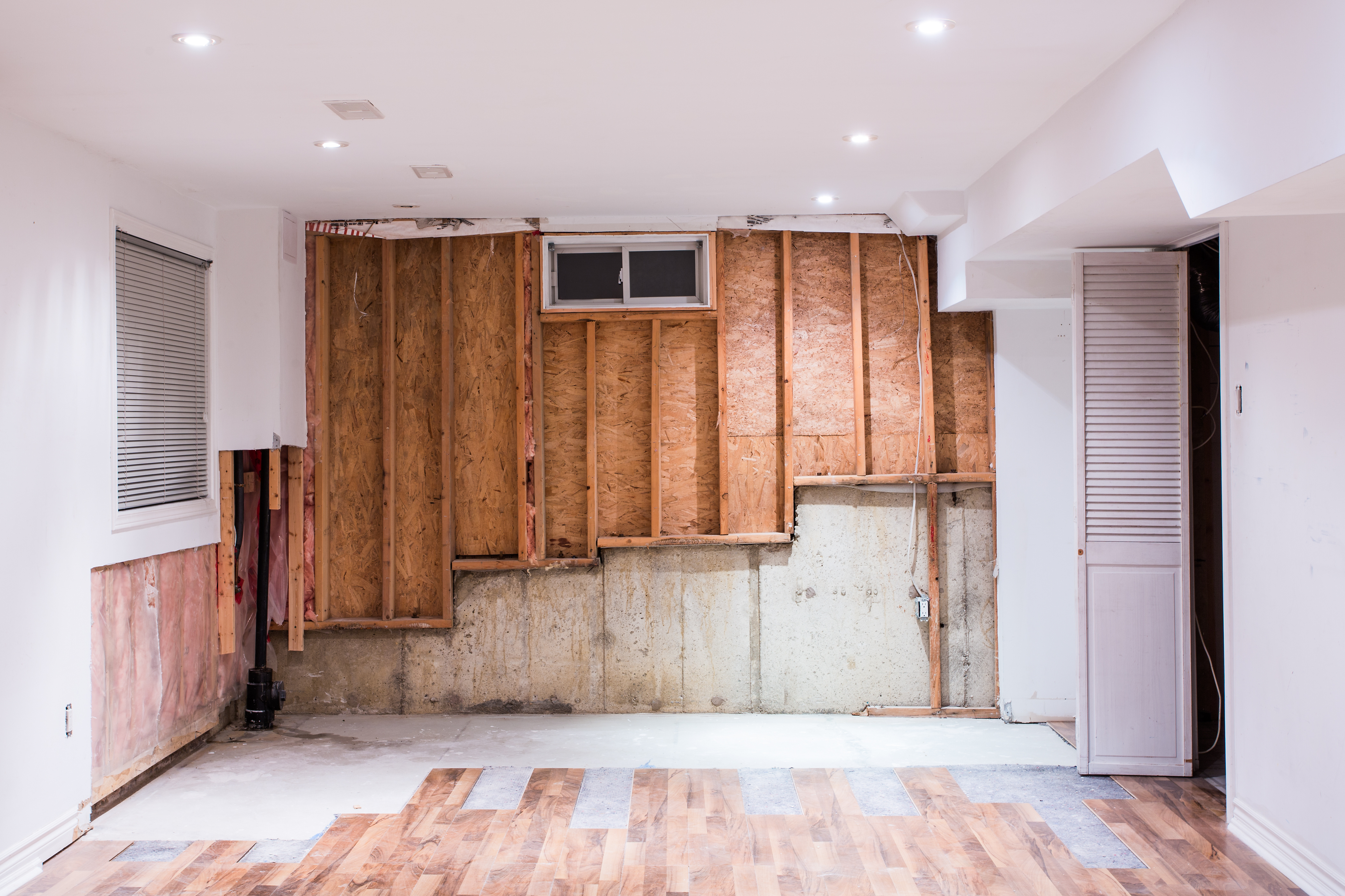
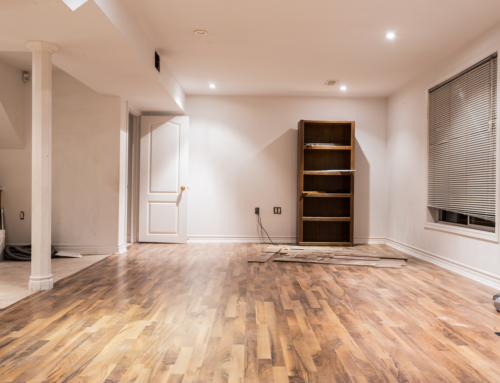

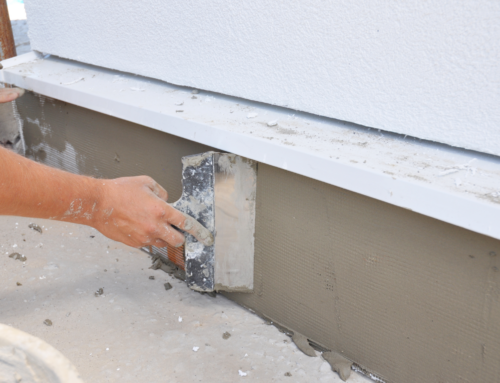
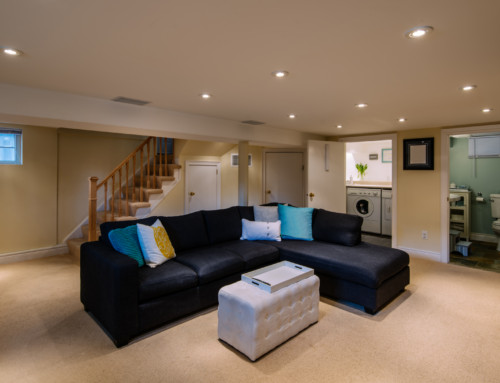
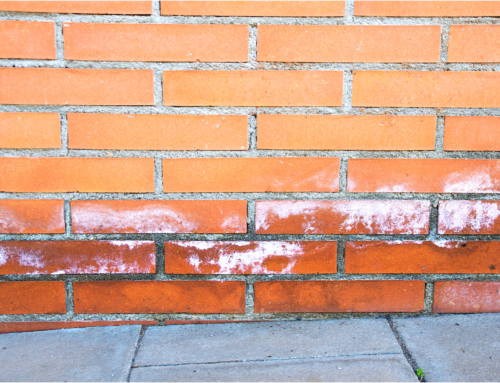
Leave A Comment